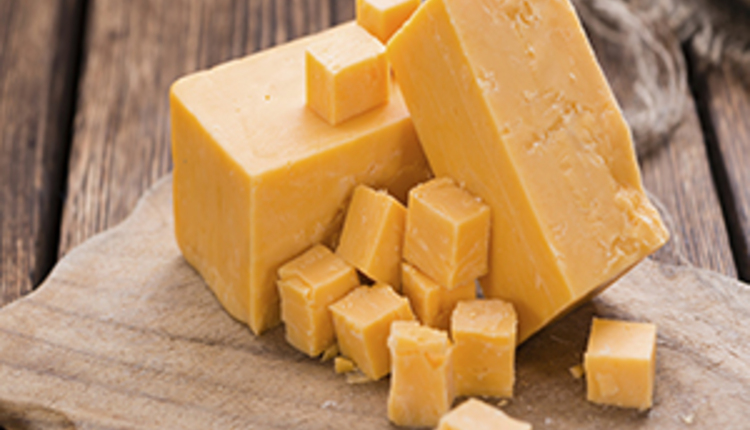Feed is the largest cost center for dairy and livestock producers, and it affects animal health, productivity, and overall profitability. Maximizing forage quality and ration formulation is therefore an important focus of animal science, especially in climates that make planting and harvesting tricky. A new study in Applied Animal Science sheds light on how storage temperature affects the fermentation and nutritional value of sorghum-sudangrass silage, offering a valuable insight for producers that delaying harvest until afternoon might boost their overall harvest quality.
Bill Weiss, editor in chief of Applied Animal Science, explained, "Because of weather conditions and the need to maximize dry matter yield, harvest of summer annuals is sometimes delayed until after frost events. This experiment evaluated how cold temperatures during storage affected fermentation and nutritive value of frosted sorghum-sudangrass silage."
The study's lead author, Matthew S. Akins, PhD, of the US Department of Agriculture's US Dairy Forage Research Center in Marshfield, Wisconsin, added, "Harvesting forages during cold or freezing temperatures, while sometimes necessary, can result in limited fermentation due to restricted bacterial fermentation, potentially limiting the nutritional value of the crop. No previous work has evaluated the impacts of storing frozen or lodged sorghum-sudangrass silage--a common annual forage for beef and dairy operations--so we wanted to fill that gap for producers."
Akins and his co-author, Elizabeth Coons, PhD, examined freeze- and frost-affected sorghum-sudangrass ensiled in mini-silos and stored at either
4 or 20 degrees Celsius (40 or 68 degrees Fahrenheit) for varying durations up to 60 days. The resulting silage was then analyzed for a range of factors, including pH, silage acids, alcohols, nitrates, and overall nutritional value.
Outlining the study results, Akins explained, "What we found is that the storage temperature significantly influenced the fermentation process." Silage stored at the warmer temperature (20 degrees Celsius) fermented faster and had higher concentrations of beneficial silage acids like lactic and acetic acid compared to silage stored at the colder temperature (4 degrees Celsius). The colder silage showed a noticeable delay in fermentation, taking approximately 10 to 15 days for the pH decline to accelerate.
In terms of overall nutrition, the primary difference observed was a lower concentration of neutral detergent fiber in the silage stored at the colder temperature, likely due to decreased loss of sugars from fermentation and less acid production. Otherwise, the crop's nutritional value was largely unaffected by the storage temperature, closely mirroring the team's original hypothesis.
"Our research highlights the considerable impact that storage temperature can have on the ensiling process of sorghum-sudangrass, especially when dealing with forage harvested under cold conditions," said Akins. "Our findings suggest that allowing frozen or cold-standage forage to thaw and warm before harvest-simply by delaying harvest from morning to afternoon-could potentially improve fermentation and the subsequent aerobic stability of the silage."
The article appears in the June issue of Applied Animal Science.









